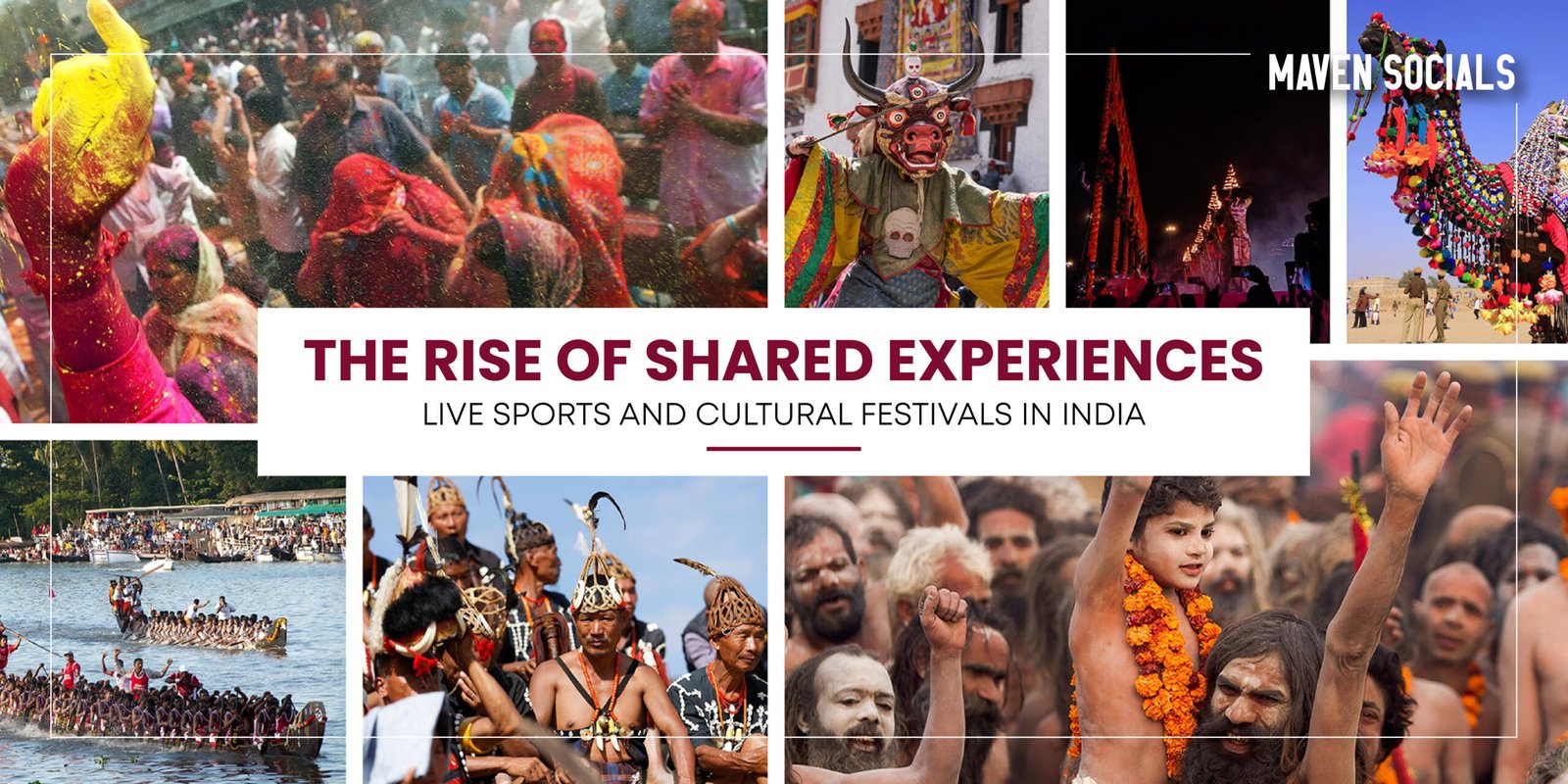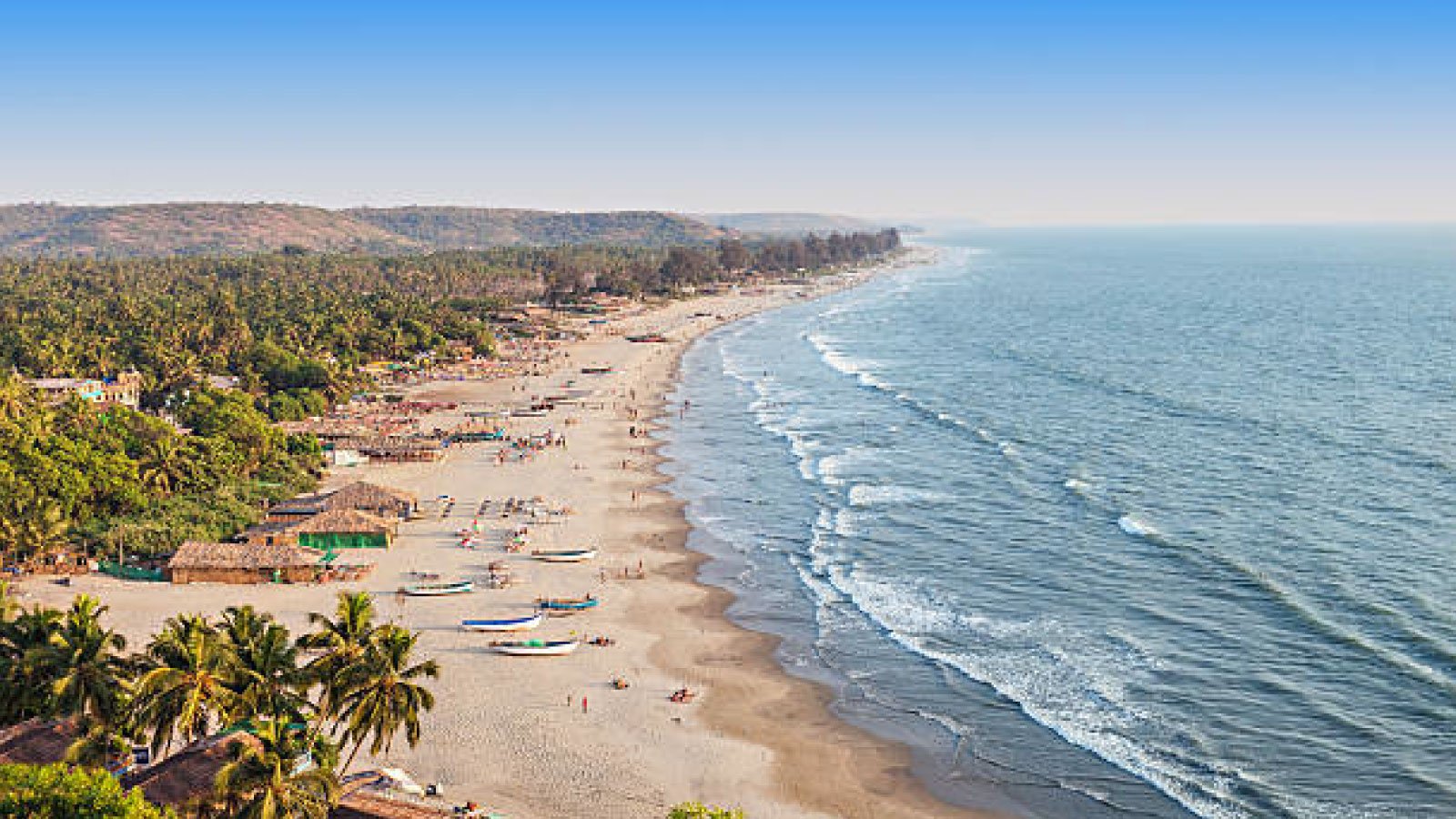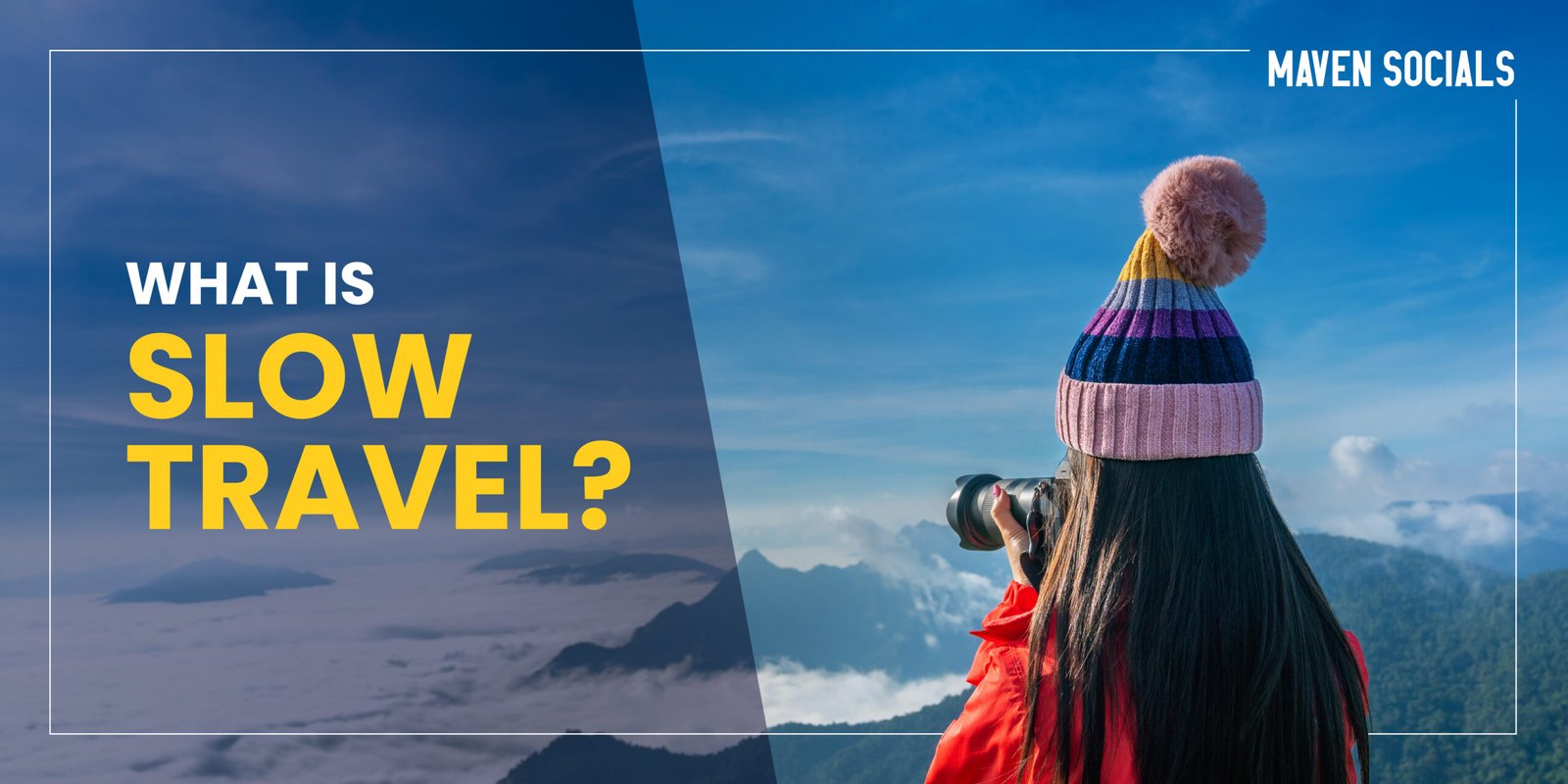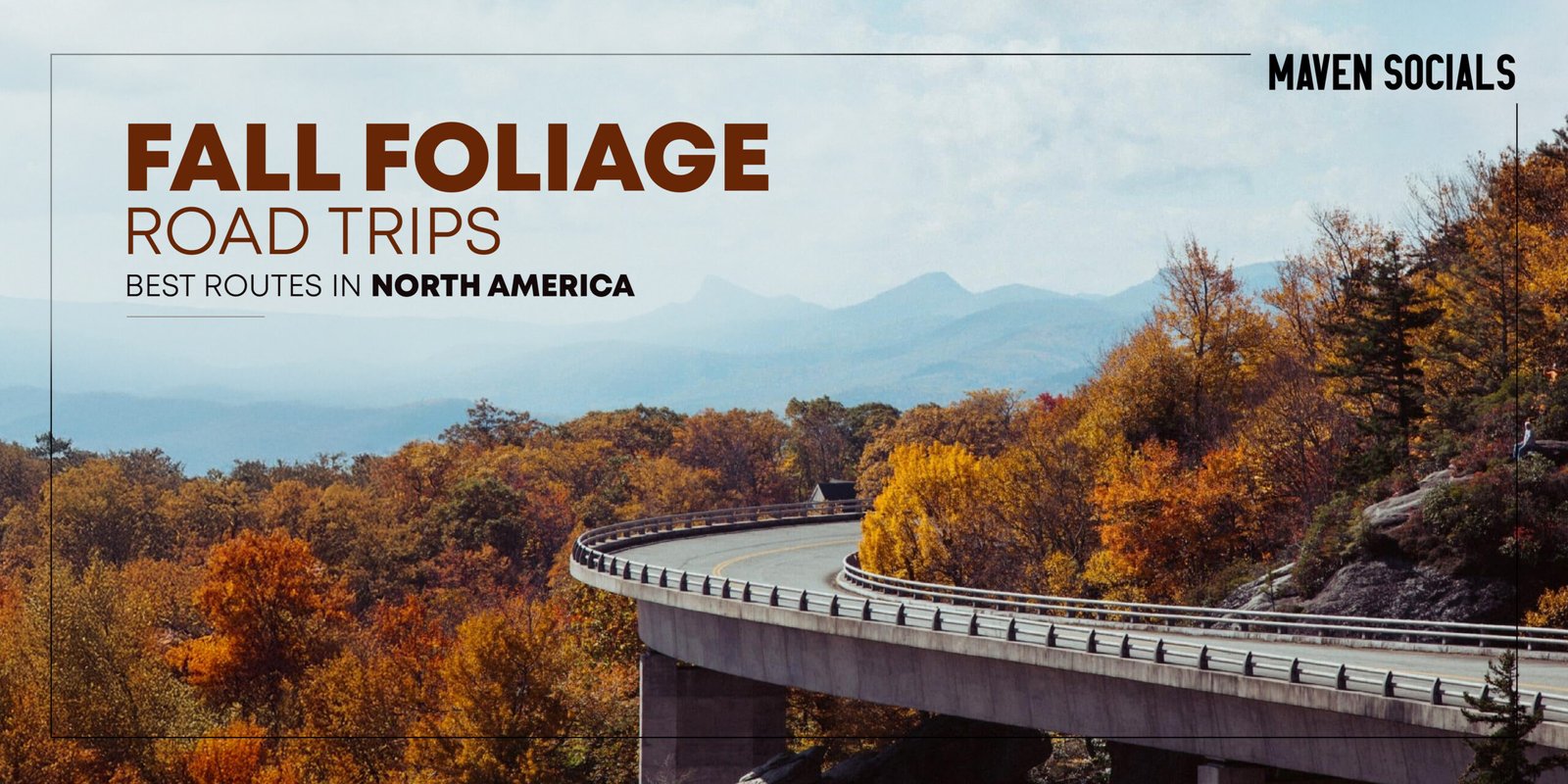Nestled in the serene landscapes of Ladakh, India, Demchok is a testament to the region’s mystique and cultural richness. As the last Indian village before the Indo-China border, Demchok remains a hidden gem awaiting exploration by intrepid travellers seeking a blend of natural beauty and ancient traditions. Let’s uncover the secrets of Demchok, where the rhythmic flow of the Indus River and the whispers of history paint an enchanting portrait.
Demchok
A Glimpse into the Last Indian Village

Geographic Location: Situated in the southeastern part of Ladakh, Demchok stands by the banks of the Indus River. The village, surrounded by towering mountains, provides a panoramic view of the rugged terrains that define the Ladakhi landscape.
Border Proximity: Demchok is the last Indian village before the Indo-China border, adding an aura of mystery and exclusivity to this remote settlement. The proximity to the border gives a unique character to Demchok, offering travellers a glimpse into the challenges and resilience of life in this remote region.
Journey to Demchok
Accessibility: The journey to Demchok is an adventure involving a tough road trip traversing the rugged terrains of Ladakh. The route typically begins from Leh, the capital of Ladakh, leading travellers through the mesmerising landscapes of the Indus Valley.
Road Conditions: The road to Demchok involves navigating through unpaved and rough terrains, showcasing the raw beauty of Ladakh. The journey demands a spirit of adventure and a vehicle equipped for challenging road conditions.
Cultural Riches of Demchok
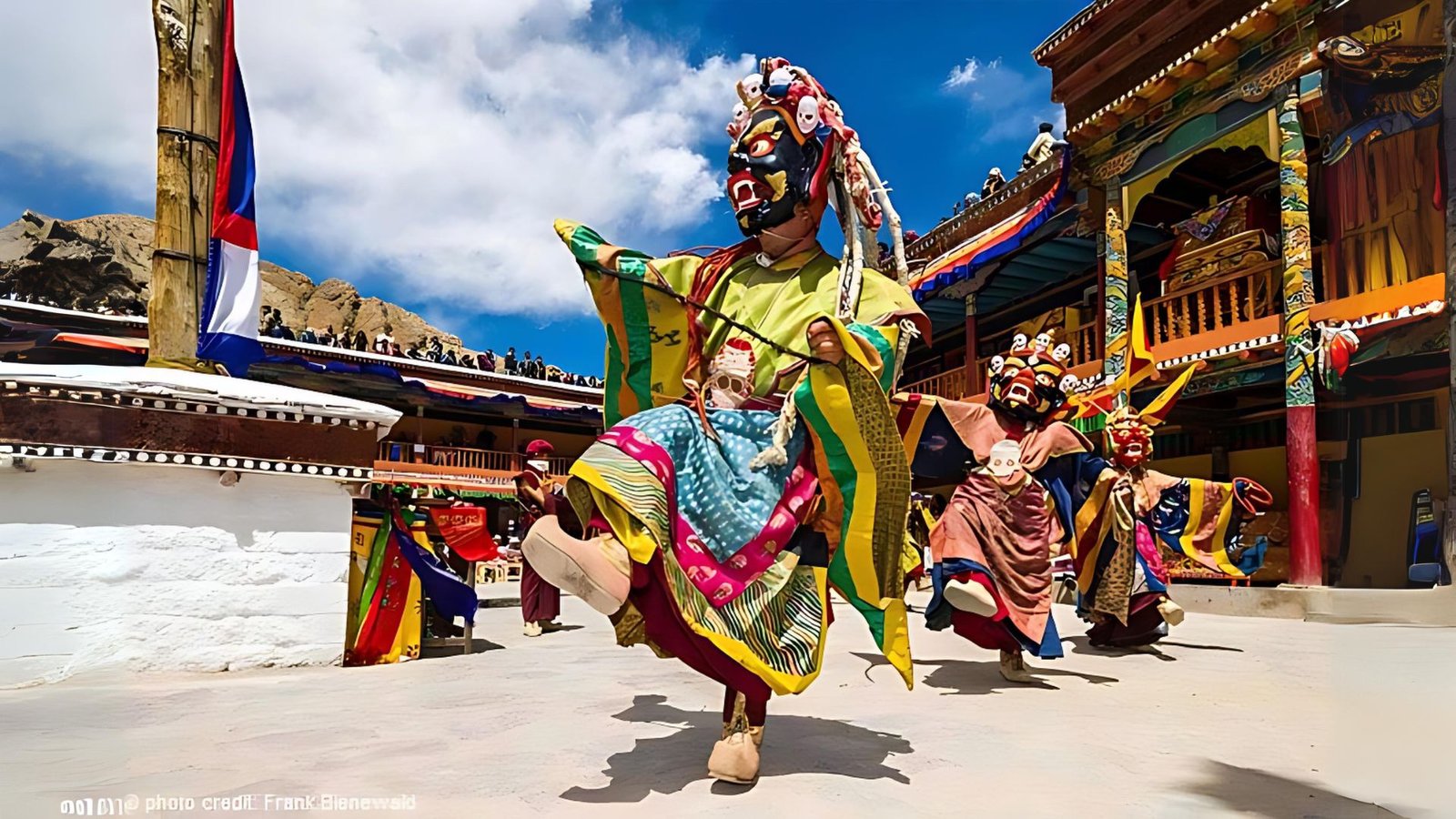
Demchok Monastery: The Demchok Monastery, or Thoise Monastery, is a spiritual haven in this remote village. By the towering mountains, the monastery offers a tranquil space for prayer and reflection.
Festivals and Traditions: Demchok is known for its lively festivals that celebrate Ladakhi culture and traditions. Travellers who visit during festival times may witness colourful processions, traditional dances, and religious ceremonies that provide a deeper understanding of the local way of life.
Nomadic Tribes: The region around Demchok is home to nomadic tribes, adding a layer of cultural diversity. Nomads with their livestock herds can often be spotted, contributing to the landscape’s pastoral charm.
Natural Wonders of Demchok
Indus River: The Indus River, flowing gracefully through Demchok, is a scenic marvel and a lifeline for the region. The riverbanks serve as fertile grounds for agriculture, sustaining the local communities.
Himalayan Backdrop: Demchok is surrounded by the grandeur of the Himalayan peaks, creating a stunning backdrop for the village. The towering mountains, often snow-capped, add to the remote and untouched beauty of the region.
Challenges and Resilience
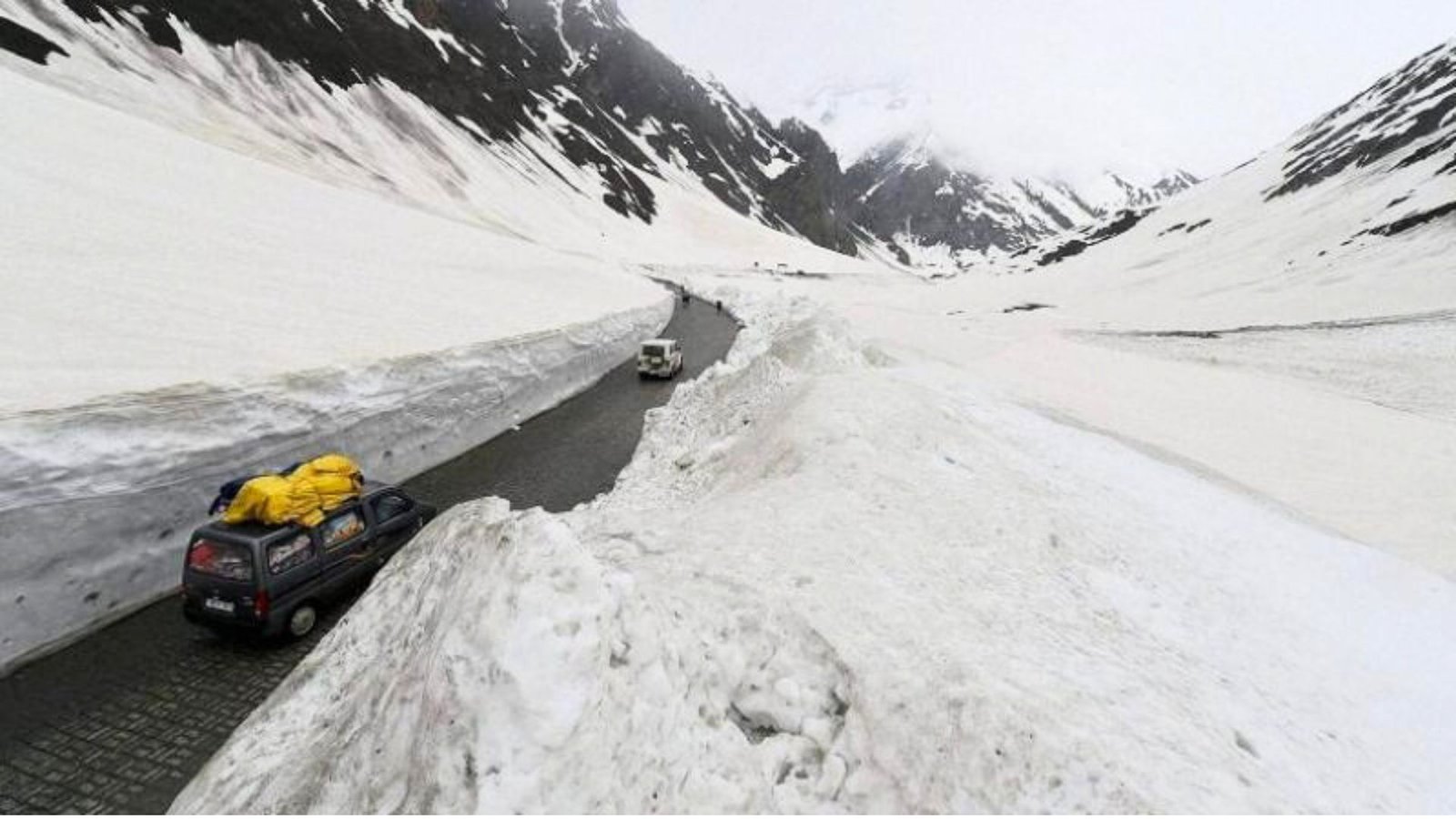
Harsh Climate: Demchok faces harsh climatic conditions, frigid winters and challenging weather patterns. The village experiences isolation during heavy snowfall, showcasing the resilience of its inhabitants in adapting to the extremes.
Limited Resources: Demchok’s remote location translates into limited access to resources. The community relies on self-sufficiency, traditional practices, and sustainable living to overcome the challenges of geographical isolation.
Interaction with Locals
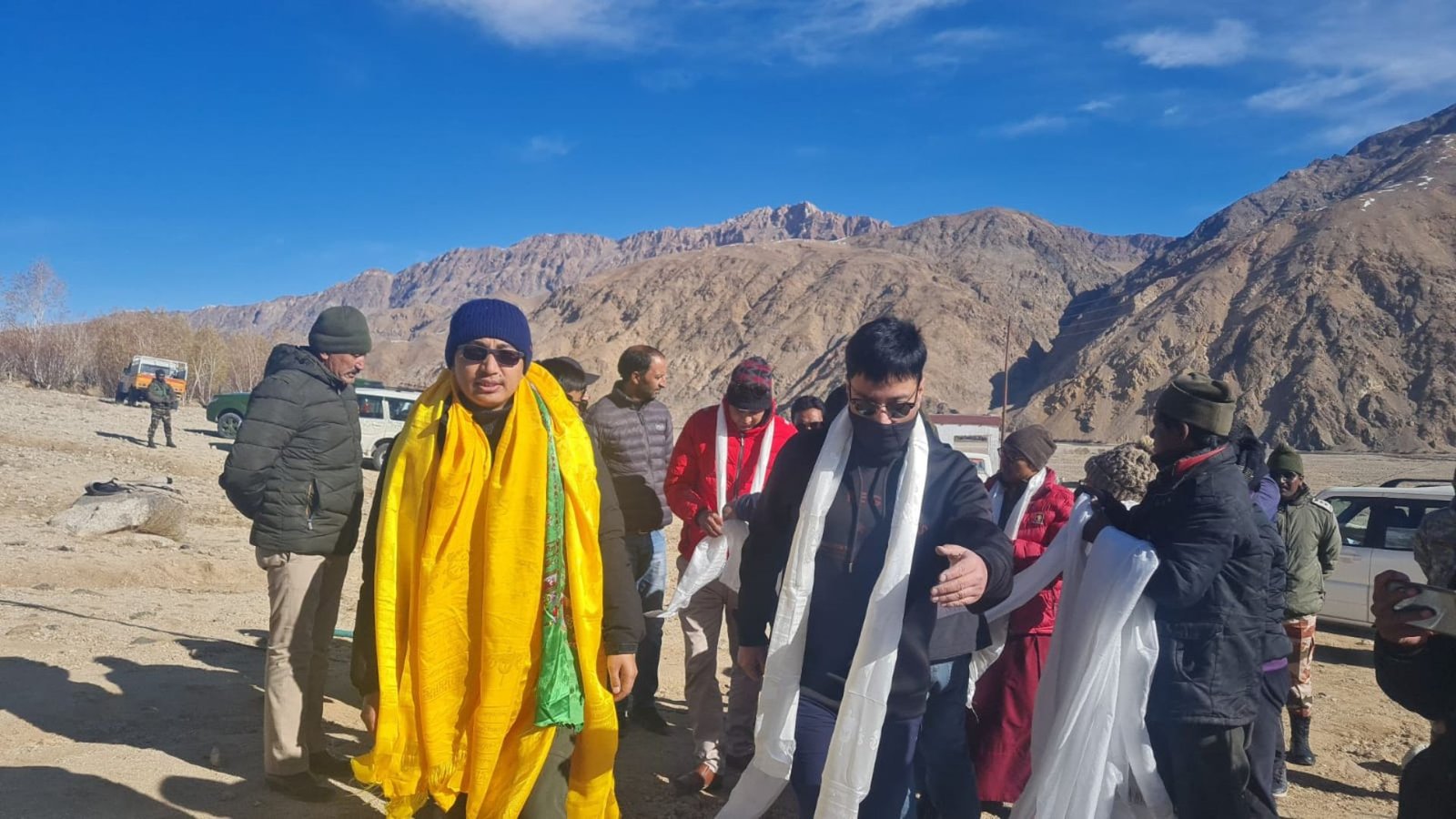
Warm Hospitality: Despite the challenges of their environment, the people of Demchok are known for their warm hospitality. Visitors are often welcomed into local homes, providing an opportunity for cultural exchange and understanding.
Cultural Sensitivity: Travellers to Demchok are encouraged to respect local customs and traditions. Seeking permission before photographing locals and participating in cultural exchanges with openness and respect are essential aspects of a meaningful visit.
Preservation of Demchok’s Heritage
Community Initiatives: The community in Demchok actively engages in initiatives to preserve its cultural heritage, with efforts to promote tourism while safeguarding the authenticity of local traditions sustainably.
Eco-friendly Practices: Demchok strongly emphasises eco-friendly practices to preserve its pristine environment. Visitors are encouraged to minimise their ecological footprint and contribute to the conservation efforts.
Practical Tips for Travelers
Permits: Travelers must obtain the Inner Line Permit (ILP) to visit Demchok near the border and get the permit in Leh.
Travel Essentials: Given Demchok’s elevation and remote location, travellers should prepare for high-altitude conditions. Acclimatisation in Leh before venturing further is advisable.
Local Guidance: Due to Demchok’s remote nature, seeking local guidance or hiring a guide familiar with the area can enhance the travel experience and ensure a smoother journey.
Reflections on Wanderlust
Demchok, the last Indian village before the Indo-China border, beckons travellers with its untamed beauty and cultural richness. This remote oasis in Ladakh’s vast expanse is not just a destination; it explores resilience, traditions, and the enchanting intersection of nature and human life. Embark on the road less travelled to Demchok, with echoes of the Indus River and the warmth of its people; it’s a journey that transcends the ordinary, revealing the extraordinary charm of this remote Ladakhi village.




